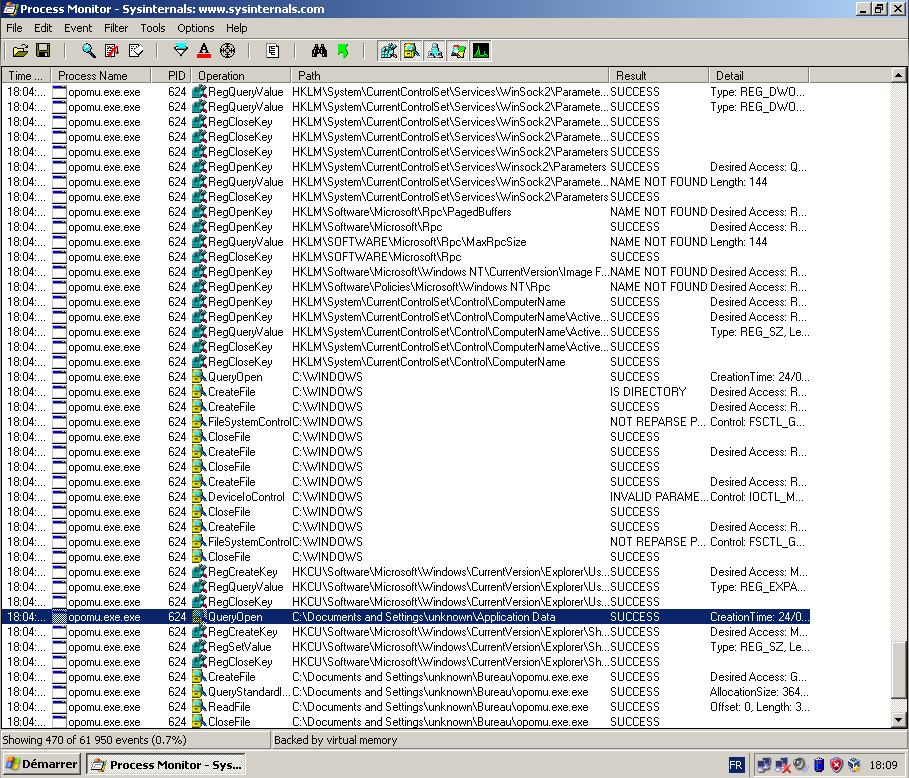

In the next blog post about process monitoring I will create a custom Monitor Type that will let you override the Min-/Max-InstanceCount thresholds. When the class is instanced with the correct server(s), kill the process to test the monitor. In the Monitoring tab, check that the class has been discovered.ġ3. Import the MP in the SCOM Console under the Administration tab.ġ2. To obtain the Instance count you have to get the data from the variable $Data/Context/DataItem/Item0Context/DataItem/ProcessInformations/ProcessInformation/ActiveInstanceCount$ġ1. Note, the process name must be written in lower-case or the monitor will not work.ġ0. Process Monitor Portable combines the features of two legacy Sysinternals utilities, Filemon and Regmon. Regular Process Monitor is also available. Fill in ProcessName, Frekvency, Max, Min and OutOfRangeTimeThreshold. Process Monitor Portable is an advanced monitoring tool that displays real-time file system, registry, and process/thread activity. In this example I’ll pick ProcessInstanceCountMonitorType.Ĩ. Choose 1 of the 4 available types from the library referenced to. Click Browse for type in the Configurations tab.ħ. Set a Name and Target for the previously created class.Ħ. Open the Health Model tab and create a new custom monitor.ĥ. In Options add a reference by browsing to the folder containing .mp.Ĥ. Now, create a reference to the process class. In my case i’ll check the registry if the spooler service is installed.ģ. Create an MP and a class in the Authoring console.Ģ. There are some pitfalls, for example the instance Count variable and to use lower-case in the process name.ġ. In this post I will create a Process monitor in the Authoring Console.


 0 kommentar(er)
0 kommentar(er)
